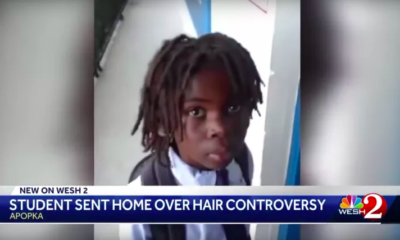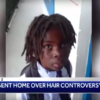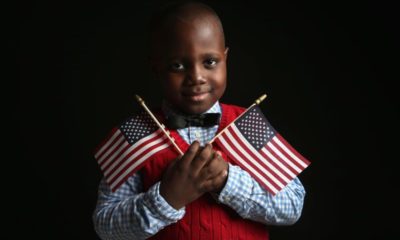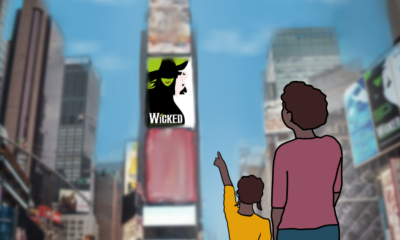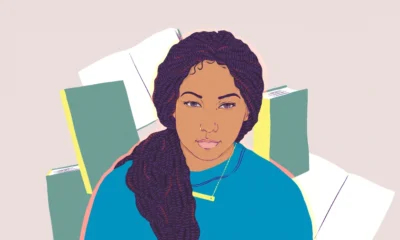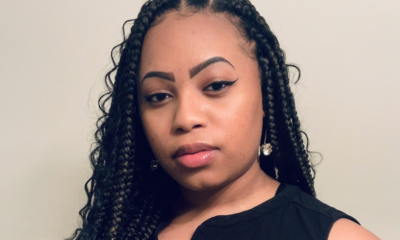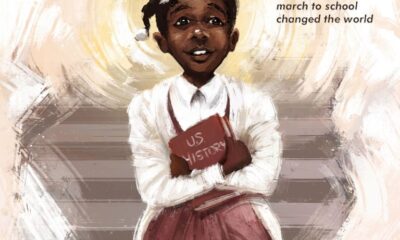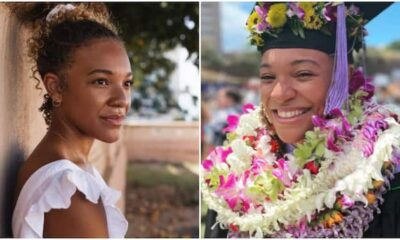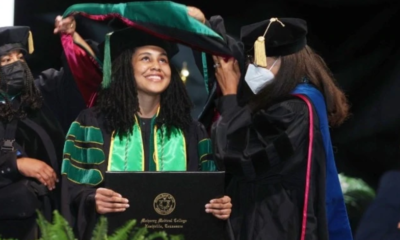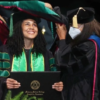Black Women in Education
Special Education’s Hidden Racial Gap
Across the country, black and Latino children with special needs are far less likely to graduate than their white peers.
At the age of 3, Tyrone Colson was diagnosed with Prader-Willi syndrome, a genetic abnormality that is often accompanied by developmental disabilities. Because of this diagnosis, an individualized education plan (IEP) — documents detailing Colson’s special needs, and a plan for how his school would help him reach his potential — was already in place when Colson arrived for his first day of school.
In theory, being diagnosed before he even started school should have given Colson a leg up. The odds he faced, as a black boy in special education, were actually stacked against him.
“The services are out there, but a lot of times, parents of color just don’t have the information and resources they need to fight for them,” said Daisy Brown, Tyrone’s mother. Brown spent years pushing schools to follow the law, after giving up her job doing administrative support work for a government relations firm.
White students with special needs are far more likely to graduate with a traditional diploma than are their black and brown peers. In ways big and small, the effects of race and racism magnify the negative consequences that often come with being placed into special education. Not only are nonwhite students more likely to be assigned to lower-resourced schools that struggle to provide them with the services that they are entitled to, navigating the special education system often presents unique challenges for parents of color, experts say.
A Hechinger Report analysis of federal data exposes the stark racial gap between different groups of special education students. Nationally, 76 percent of white students in special education who exited high school in 2014-15 earned a traditional diploma. That falls to 65 percent for Hispanic students and 62 percent for black students with special needs. But those racial gaps are much wider in some states.
In Wisconsin, 84 percent of white students in special education who exited left high school in 2014-15 earned a traditional diploma, while just 53 percent of black students and 71 percent Latino students with disabilities did so. In Nevada, which has some of the very worst outcomes in the country for students with disabilities, just 17 percent of black …
Please read original article- Special Education’s Hidden Racial Gap




